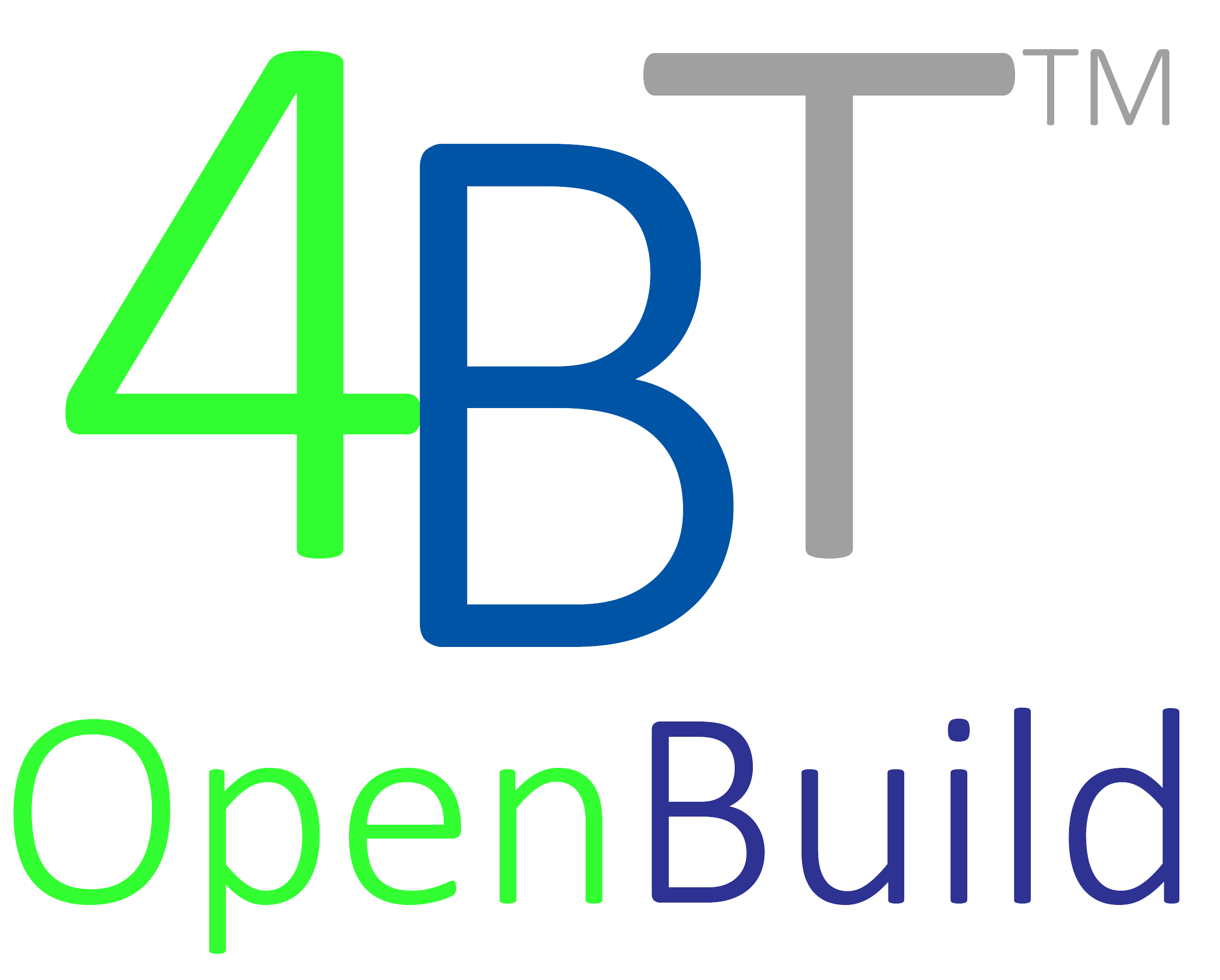Sustainable lifecycle facilities management has eluded most public sector organizations as it requires a significant change in behaviors, means, and methods.
Federal, State, and Local Government appear to all share the requisite levels leadership, capability, and accountability to address the endemic levels of rampant financial and environmental waste associated with facilities repair, renovation, maintenance, and new construction.
Here are some of the most pertinent issues noted most recently in the publication Strategies to Renew Federal Facilities (2023).
The Director of OMB should take steps to improve existing information on federal asset management to reflect leading practices
All federal facility renewal strategies require reliable cost estimates…
Locally research, verifiable, current, granular labor, material and equipment cost data organized via a standardized data architecture (CSI Masterformat) is the only path towards costs visibility and enhanced cost management.

The committee found the Builder system to be unsuitable for estimating renewal costs because of its limited scope and issues with its inspection and forecasting methods necessary to report anticipated annual maintenance and repair needs. (Builder – Builder Sustainment Management System from the U.S. Army Corps of Engineers)
A federal facility renewal strategy must reconcile operating budgets with capital budgets. Expenses are costs with immediate effects and relatively shortterm benefits. Investments are costs that provide long-term benefits or returns that often are greater than the investment. To distinguish expenses from investments, businesses and government agencies have both operating and capital budgets. But
the federal budget process is a cash-based budget and does not differentiate operating expenses from capital or investment costs.Currently, there is no broadly accepted approach to estimating renewal costs, which diminishes the credibility of renewal decision making.
Most of the $26 billion in annual expenditures is executed by a single federal department, the Department of Defense, which operates more than 60 percent of the federal footprint—determined on a building square-foot basis. Not reported in the FY2016 federal facility open data set is the cost of investment in facilities—capital construction and rehabilitation or renewal—of the federal facility real property inventory. The federal government’s plans for capital investments in facilities should be cost effective and coordinated with annual operating costs to meet existing or new mission needs most efficiently and effectively. …the estimated federal facility portfolio’s operating costs
and investments exceed $60 billion per year.….because existing federal asset management guidance does not fully reflect standards and the key characteristics, such as, directing agencies to develop a comprehensive approach to asset management that incorporates strategic planning, capital planning, and operations, federal agencies may not have the knowledge needed to maximize the value of their limited resources. . (GAO 2018f, p. 37)

